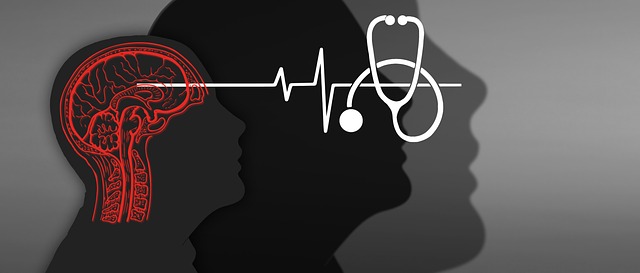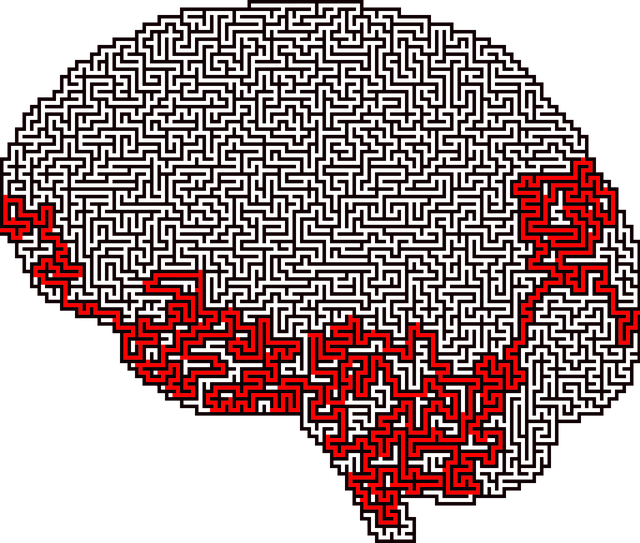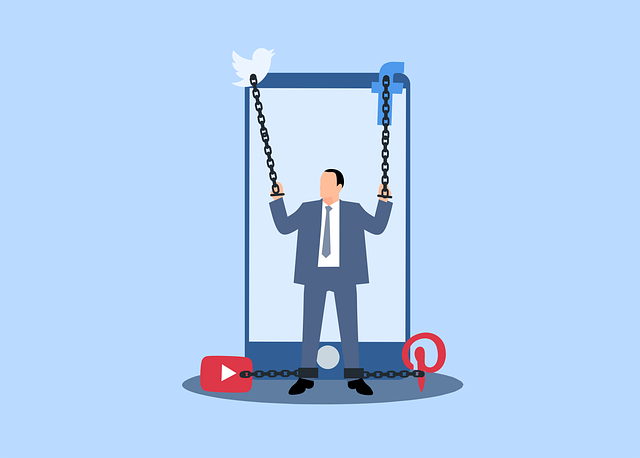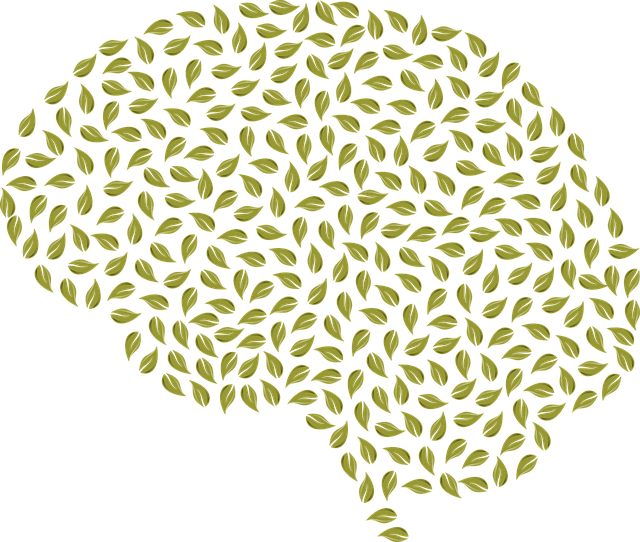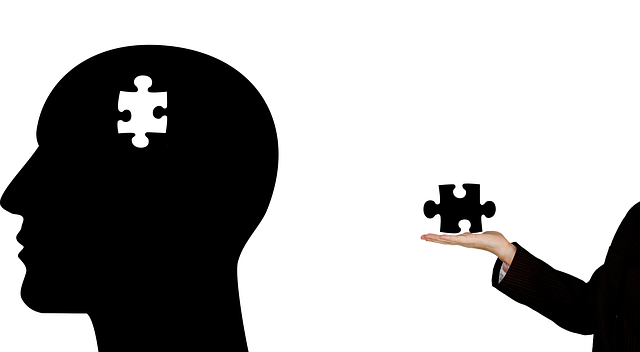Effective therapy for adolescent teens with dissociative disorder emphasizes creating safe group environments facilitating open communication, empathy, and resilience-building. Techniques include active listening, structured activities, and non-judgmental support to encourage personal growth, process traumatic experiences, and manage symptoms. By integrating emotional intelligence, conflict resolution, and self-care practices, facilitators enhance mental wellness outcomes for this vulnerable population.
Mental wellness group facilitation plays a pivotal role in supporting adolescent teens struggling with dissociative disorder. This article delves into effective strategies tailored to this complex condition, offering a safe space for healing. We explore techniques to understand and address dissociative symptoms, foster engaging interactions, and promote connection among teens. By implementing these practices, facilitators can enhance group therapy sessions, providing valuable support for adolescent mental health and recovery. Key focus areas include creating supportive environments, mastering communication, and encouraging active participation to effectively manage dissociative disorder in teens.
- Understanding Dissociative Disorder in Adolescents: A Foundation for Facilitation
- Creating a Safe and Supportive Group Environment
- Effective Communication Techniques for Group Facilitators
- Strategies to Foster Engagement and Connection Among Teens
Understanding Dissociative Disorder in Adolescents: A Foundation for Facilitation

Understanding Dissociative Disorder in Adolescents is a cornerstone for effective group facilitation techniques when working with young people. This complex mental health issue, often characterized by a disconnect from reality and memory gaps, requires a nuanced approach in therapy for adolescent teens suffering from dissociative disorder. Facilitators play a pivotal role in creating a safe space where these teens can begin to process their experiences.
By fostering an environment that encourages open communication and empathy, facilitators enable participants to develop inner strength and cultivate positive thinking. Burnout prevention is also paramount; facilitating techniques should promote resilience and coping mechanisms to avoid the exhaustion often associated with managing dissociative symptoms. Through structured group activities and individual support, adolescents can begin to integrate their experiences, rebuild trust in themselves and others, and move towards healing.
Creating a Safe and Supportive Group Environment

Creating a safe and supportive group environment is paramount when facilitating mental wellness sessions for adolescent teens with dissociative disorder. This involves establishing a space where every participant feels accepted, understood, and free to express themselves honestly. Techniques such as active listening, open-ended questions, and validating emotions can foster a sense of belonging and trust among members. By ensuring confidentiality and promoting non-judgmental attitudes, facilitators create an atmosphere that encourages vulnerability and personal growth.
Incorporating conflict resolution techniques, emotional intelligence activities, and mood management strategies within this safe space is beneficial. These approaches help teens develop coping mechanisms for dealing with internal and external challenges, fostering resilience and self-awareness. Such practices not only improve overall mental wellness but also provide valuable skills for navigating social interactions and resolving conflicts, which are particularly relevant in addressing dissociative disorders.
Effective Communication Techniques for Group Facilitators

Effective communication is a cornerstone for facilitators leading mental wellness groups, especially when working with adolescents and teens suffering from dissociative disorders. These individuals often struggle with self-expression and may have experienced traumatic events that affect their ability to communicate openly. Facilitators should adopt techniques that foster a safe, non-judgmental environment. Active listening, for instance, allows facilitators to understand the unique experiences and perspectives of each group member, encouraging them to share their thoughts and feelings. This technique is vital in building trust and promoting open dialogue.
Additionally, using simple, clear language can significantly impact communication. Facilitators should avoid complex jargon or abstract concepts that might confuse or alienate participants. Incorporating methods like reflecting back what individuals say and asking for clarification demonstrates active engagement and ensures everyone feels heard. These strategies contribute to a more inclusive group dynamic, fostering a sense of belonging and encouraging the development of inner strength among adolescents with dissociative disorders, while also aiding in comprehensive risk management planning for mental health professionals.
Strategies to Foster Engagement and Connection Among Teens

Facilitating group therapy sessions for teen dissociative disorder requires strategies that foster both engagement and connection. Start by creating a safe and non-judgmental environment, ensuring teens feel comfortable sharing their experiences. Encourage active participation through open-ended questions, allowing them to express their thoughts and emotions freely. Techniques such as role-playing scenarios from daily life can help normalize traumatic experiences and build empathy among peers. This interactive approach not only enhances engagement but also promotes emotional healing processes.
Integrating self-care routine development for better mental health is another effective strategy. Teach teens mindfulness exercises, coping mechanisms, and healthy habits to manage stress and anxiety. By sharing personal stories of overcoming challenges and utilizing Trauma Support Services, facilitators can inspire hope and foster a sense of community. These interconnected approaches aim to strengthen the therapeutic bond, making group sessions dynamic and impactful for adolescent teens with dissociative disorders.
Group facilitation techniques play a vital role in supporting mental wellness among adolescent teens with dissociative disorder. By creating safe spaces, employing effective communication strategies, and fostering engagement, facilitators can revolutionize therapy for these young individuals. The foundation laid through understanding dissociative disorder enables facilitators to navigate this complex landscape, ultimately enhancing the therapeutic experience and promoting positive outcomes. These techniques are game-changers in helping teens overcome challenges and build resilience.


